Extend the service life, starting with scientific care
As an indispensable "comfort" in the bathroom space, the bathtubs serve not only the function of daily bathing but also plays a crucial role in allowing people to release stress and relax. Whether it is acrylic, enamel or cast iron, the bathtub often faces problems such as scale deposition, soap residue, mildew, and even surface scratches during day-to-day use. If there is a lack of scientific cleaning and maintenance methods, it will not only affect the appearance and user experience but also shorten the bathtub's service life. Mastering the correct cleaning techniques and daily maintenance methods can make the bathtub last as new and continue to bring comfort and texture to life.
This article will guide you through the process of scientifically and efficiently caring for your bathtubs, covering daily maintenance, deep cleaning, and precautions for various materials.

1. Daily cleaning: the first step is to keep it bright and clean
Frequency recommendation: Clean it promptly after each use or wipe it thoroughly at least once a week to help prevent stains.
Use mild detergents
Avoid using strong acids, strong alkalis, or detergents containing abrasive particles to prevent corrosion or scratching of the surface. It is recommended to choose a multifunctional bathroom cleaning spray with a neutral pH value, which gently removes dirt without damaging the material.
Clean with a soft cloth or sponge
Use a microfiber cloth, a soft sponge, or a scouring pad to wipe gently. Refrain from using rough tools, such as steel wool and brushes, to prevent micro-scratches and darkening over time.
Rinse with warm water
After cleaning, it is recommended to thoroughly rinse the residual detergent with warm water and keep ventilation to promote the evaporation of water vapour and reduce the formation of scale and mildew.
Dry with a dry cloth to prevent water stains
Use a clean and soft, dry towel or dry cloth to dry the bathtub, especially in corners, gaps, and other areas where water is likely to accumulate, which can help prevent watermarks and scale effectively.
Check the drain and gaps regularly
Check the seal between the drain and the bathtub's edge once a month. Remove hair, soap scum, and other deposits to keep the water flow unobstructed and prevent local mould.
2. Regular deep cleaning: Thoroughly remove stubborn stains
Recommended frequency: Once a month, or every 1-2 months according to the actual frequency of use, to effectively extend the service life of the bathtub and keep it in a like-new state.
✔ Scale & soap scum treatment
Use white vinegar + baking soda to make a homemade cleaning solution; let it stand on the stained area for 15-30 minutes, and then brush it gently with a soft brush. For severe scale, you can use a special bathroom descaling agent. Pay attention to the dilution ratio in the instructions to prevent surface corrosion.
✔ Drain and gap cleaning
Use an old toothbrush or a fine-bristled brush to deeply clean the edge of the drain and the seams around the bathtub. When encountering stubborn dirt, you can use it with toothpaste or foam cleaner to prevent mildew from growing.
✔ Anti-mildew treatment
Spray 1:10 diluted bleach or professional anti-mildew spray on humid areas such as gaps and dead corners, let it stand for a few minutes and then wipe it clean, which can effectively prevent mould growth.
✔ Polishing repair (for acrylic or enamel)
If the surface is slightly scratched or dull, use a bathtub-specific polish or toothpaste to wipe in a circular motion to restore the gloss. Note that metal grinding tools should not be used.
✔ Clean the overflow hole and drain the ventilation device
The often-ignored overflow hole is also prone to accumulate bacteria and scale. You can use a cotton swab dipped in cleaning fluid to clean the inner wall to keep the drainage smooth and avoid odour rebound.
3. Choosing the correct method according to the material is the key
Bathtubs of different materials have different precautions when caring for:
Acrylic bathtub
l The surface is smooth but easy to scratch. It is strictly forbidden to use steel wool or coarse-grained detergents.
l If the surface is slightly scratched, it can be gently repaired with a special polishing paste.
l Be careful to stay away from high-temperature objects or highly corrosive detergents.
Enamel bathtub (cast iron or steel)
It is strong and durable, but the surface enamel coating is prone to chipping.
It is not suitable to knock or hit it with hard objects. It is better to use a wet cloth + tile cleaner when cleaning.
l If there are rust spots, you can use toothpaste + hydrogen peroxide to clean them.
Stone or artificial stone bathtub
l The natural texture is beautiful, but it is prone to bleeding or leaving water stains.
l Use a special stone cleaner and avoid using acidic cleaners (such as vinegar) to avoid corroding the surface.
4. Preventive maintenance: Stay away from the "renovation crisis"
Daily cleaning is important, but preventive maintenance is the key to extending the service life of the bathtub and avoiding "later overhaul". Through some simple good habits, you can effectively prevent the accumulation of water stains, mildew spots, scratches and other problems and keep the bathtub as new for a long time.
Keep it dry
After each use, wipe the bathtub dry with a dry towel, especially the gaps and corners, which will help prevent water stains from scaling and mould growth.
Check the sealing edge regularly
Pay attention to whether the silicone sealing strip appears black, warping, ageing, etc., and replace it in time if problems are found to avoid water seepage and damage to the wall or floor.
Install an exhaust fan or keep the ventilation
Moisture is a breeding ground for mould. It is recommended to install powerful exhaust equipment in the bathroom or open the window for ventilation after bathing to speed up drying and delay material ageing.
Avoid soaking in pigment products
Products such as hair dyes, bath balls containing artificial pigments, and bubble baths should be avoided from direct contact with the inner wall of the bathtub, mainly acrylic materials, which are easy to stain and difficult to remove.
Control the water temperature to avoid thermal expansion and contraction
Try to avoid sudden exposure to overheated water to prevent slight deformation or cracking of the acrylic surface due to thermal expansion and contraction, especially when used in cold weather.
Do not hit or step on the inner wall with heavy objects
Do not stand on the edge of the bathtub or drop heavy objects onto the inner surface, which is mainly acrylic material and is prone to cracking due to impact, affecting both safety and appearance.
5. Wrong demonstration: Please avoid these behaviours!
- Use steel wool to clean the bathtub surface
- Use strong acid (such as concentrated hydrochloric acid) to clean stains
- Ignore water stains and do not wipe them dry
- Stack heavy objects or sharp objects on the edge of the bathtub
- Do not clean the residue after soaking in hot water containing grease or essential oils for a long time
Conclusion: Cleaning is a gentle insistence on the quality of life
A bathtub that is as bright as new not only reflects a neat and orderly space but also reflects our attentiveness to the details of life. Cleaning and maintenance are never tedious housework but a kind of insistence and respect for daily comfort. As long as the method is appropriate and the habit is formed, your bathtub can not only maintain the same texture as before but also continue to bring physical and mental relaxation and satisfaction to every bath.

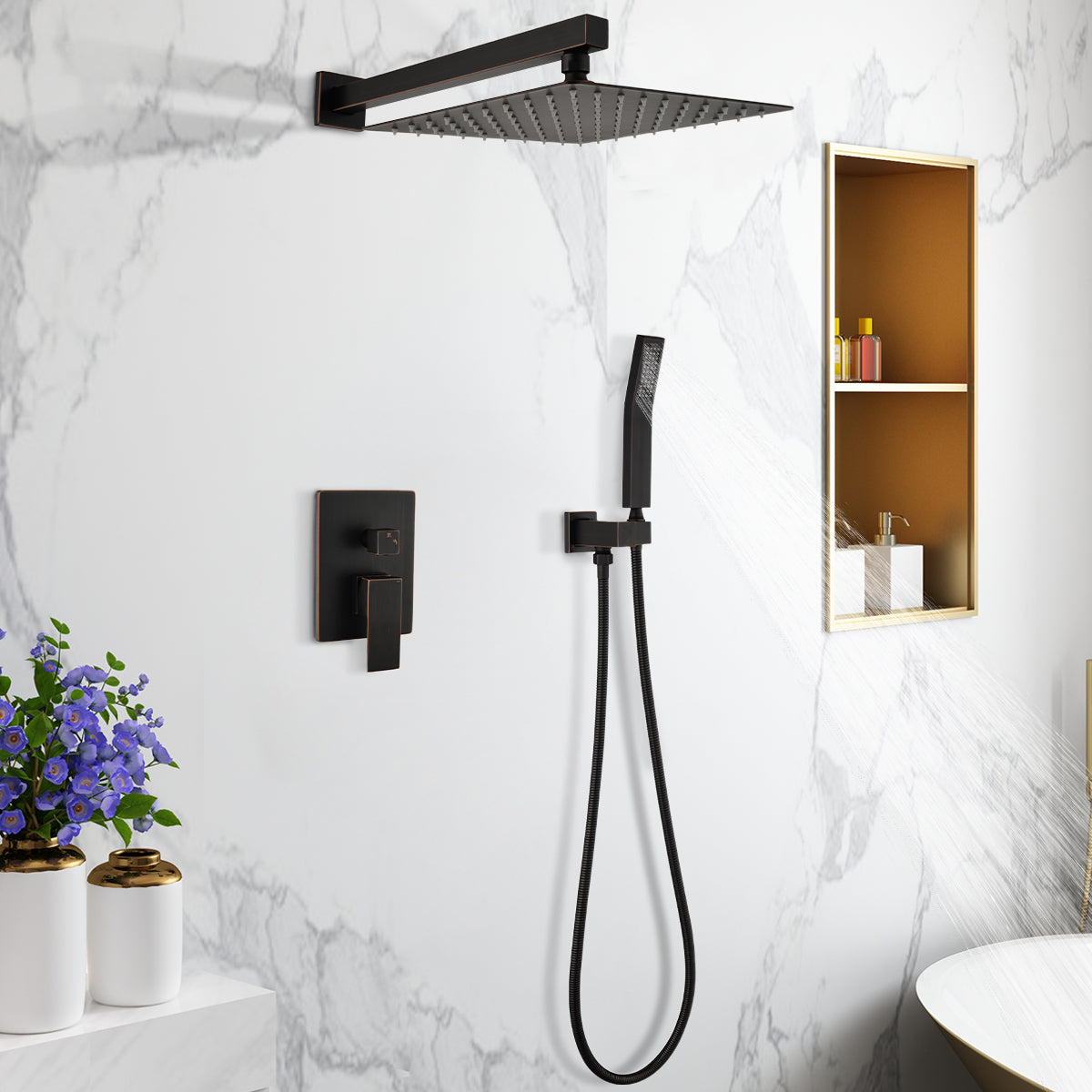
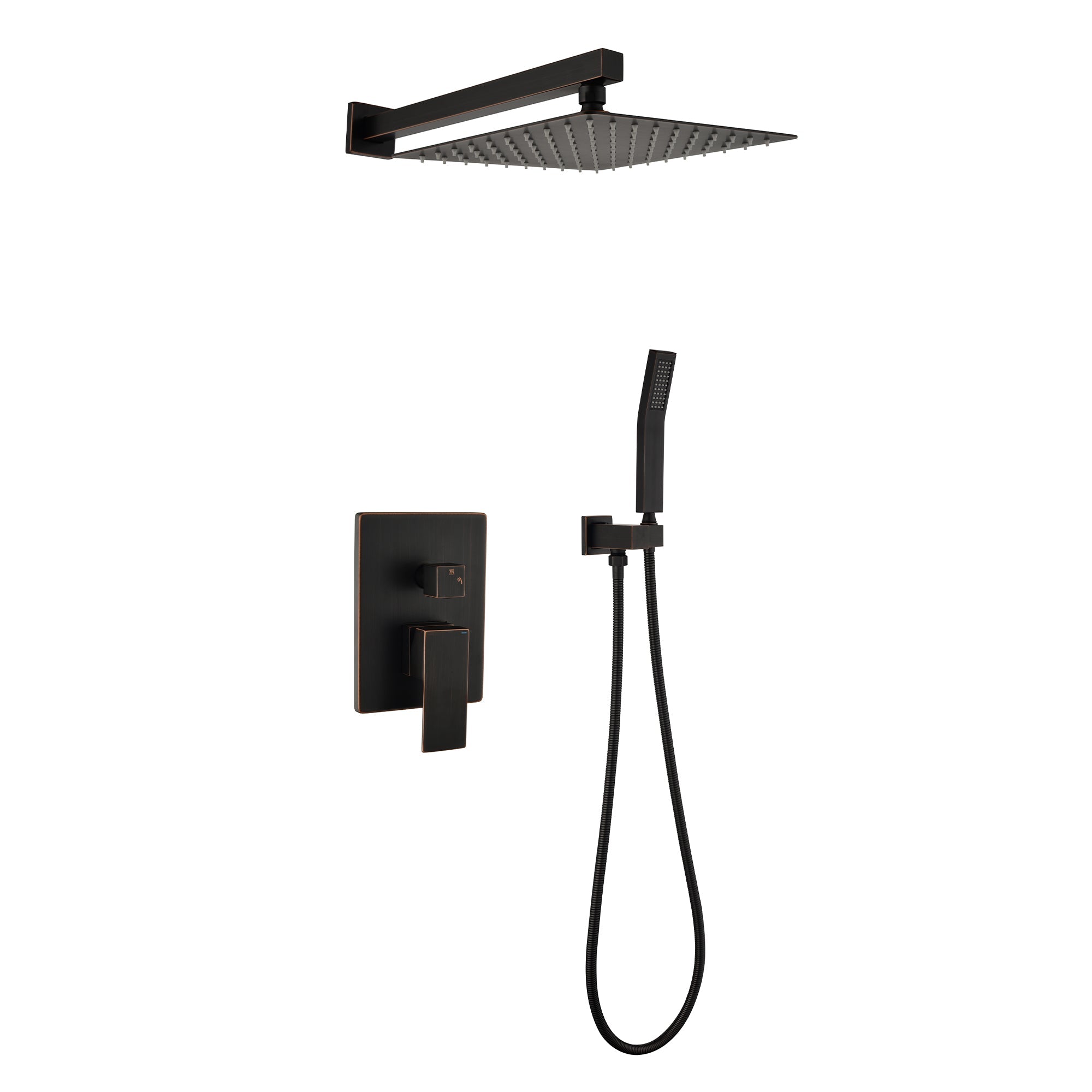


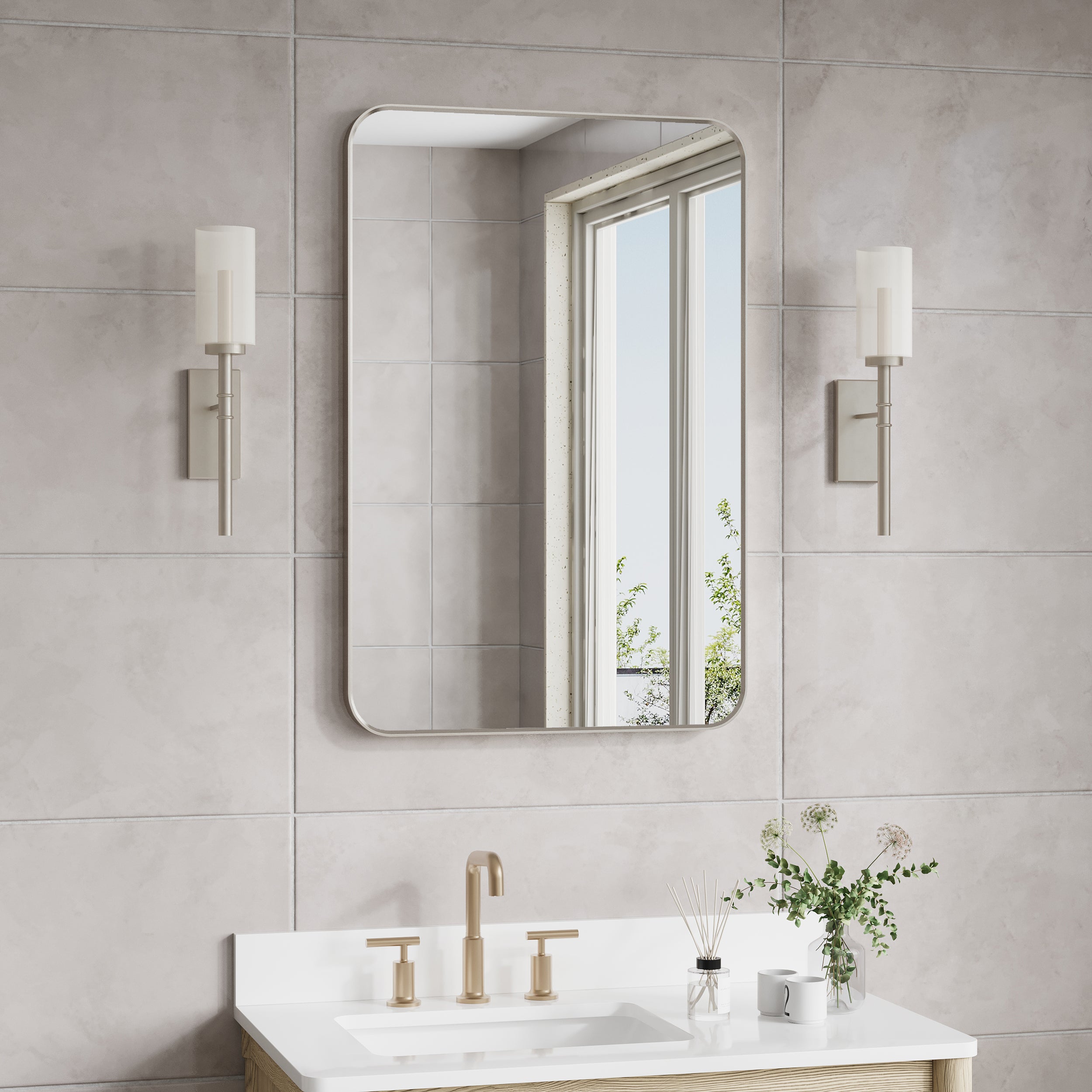
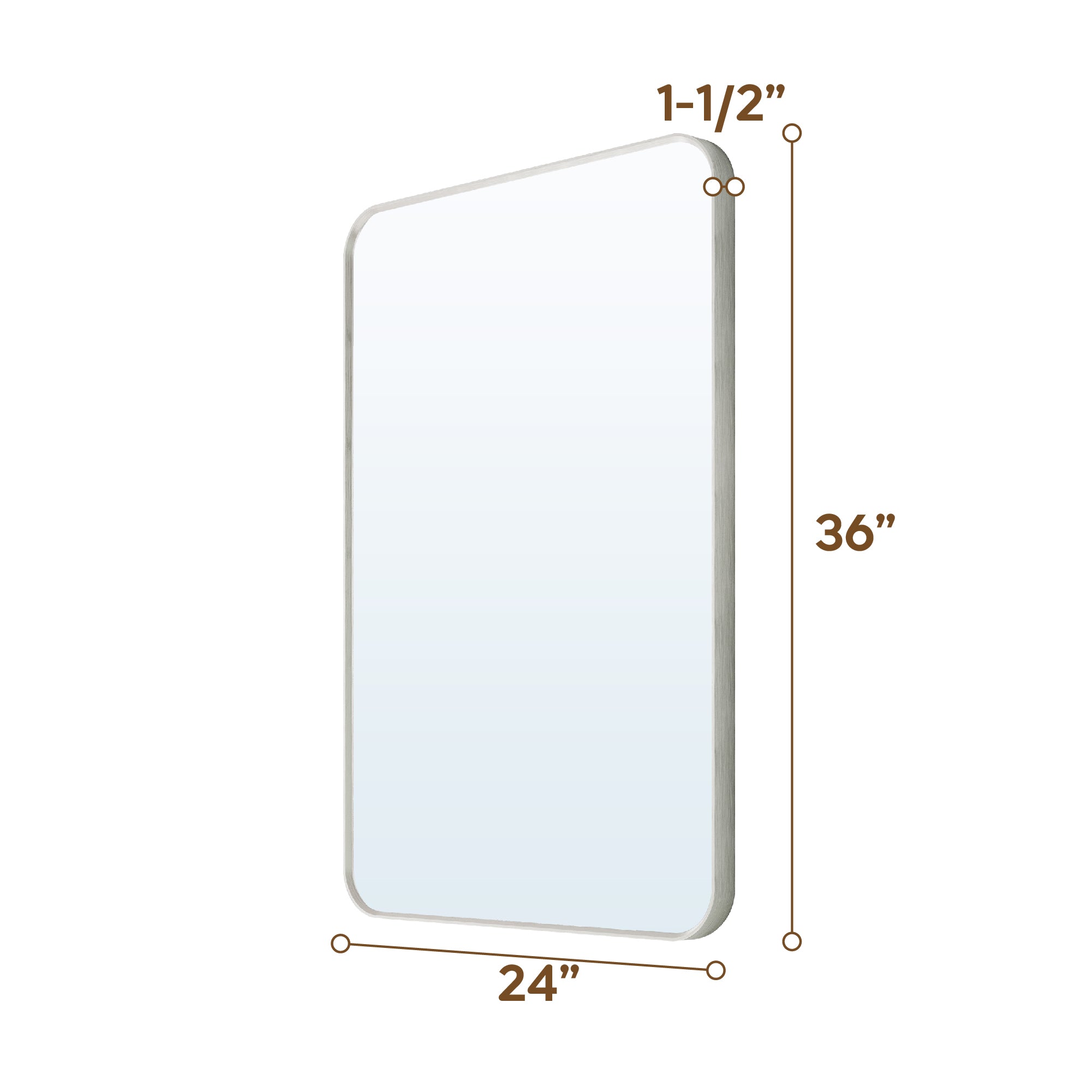


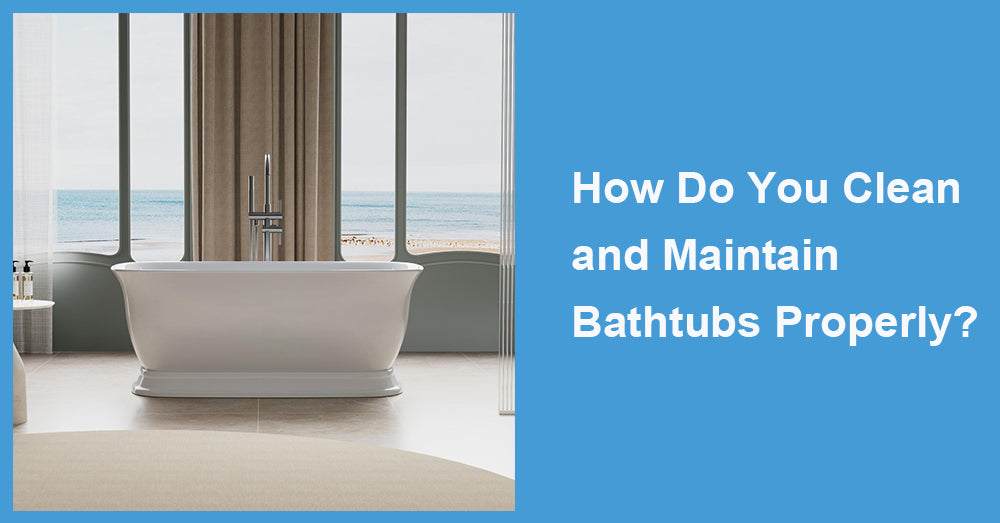


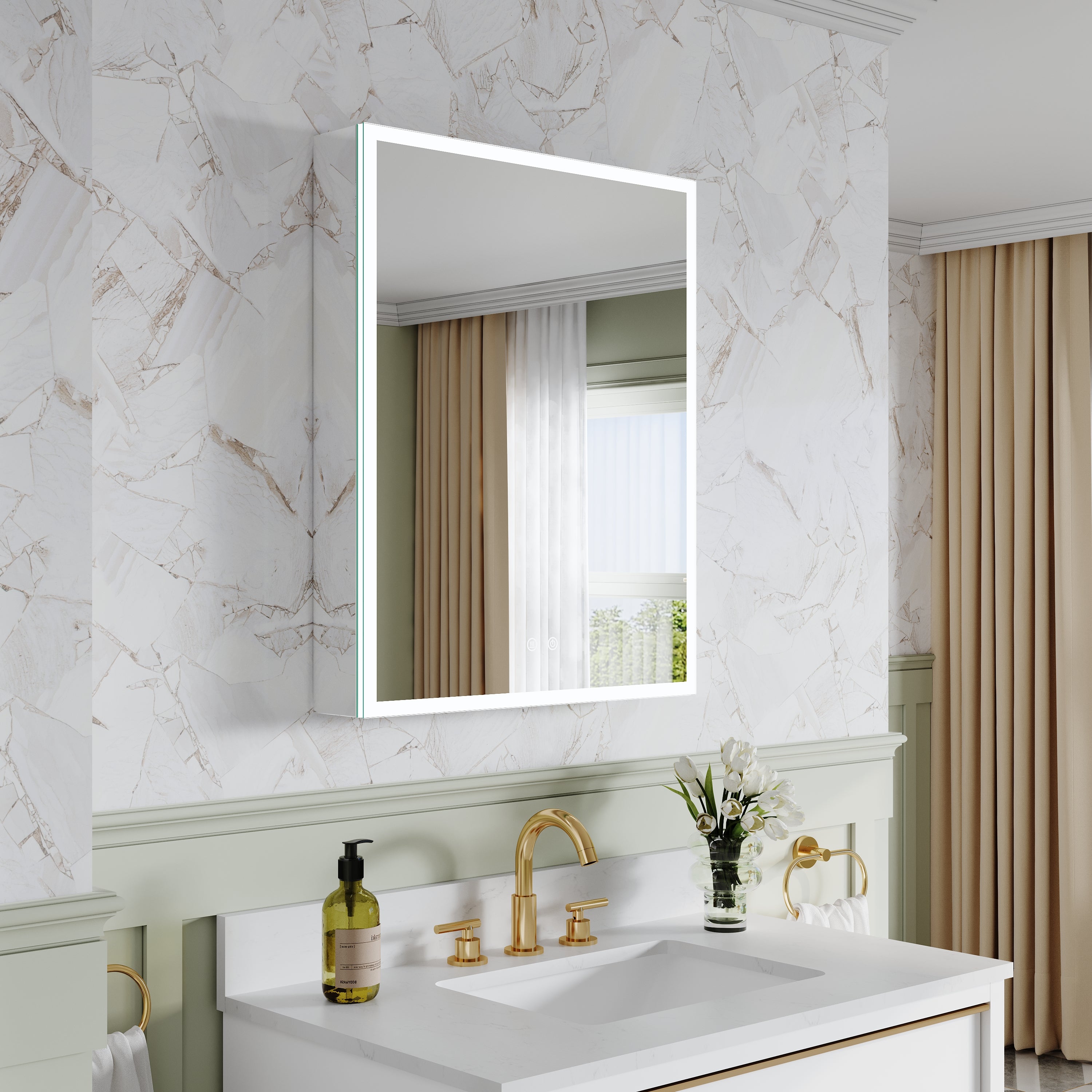
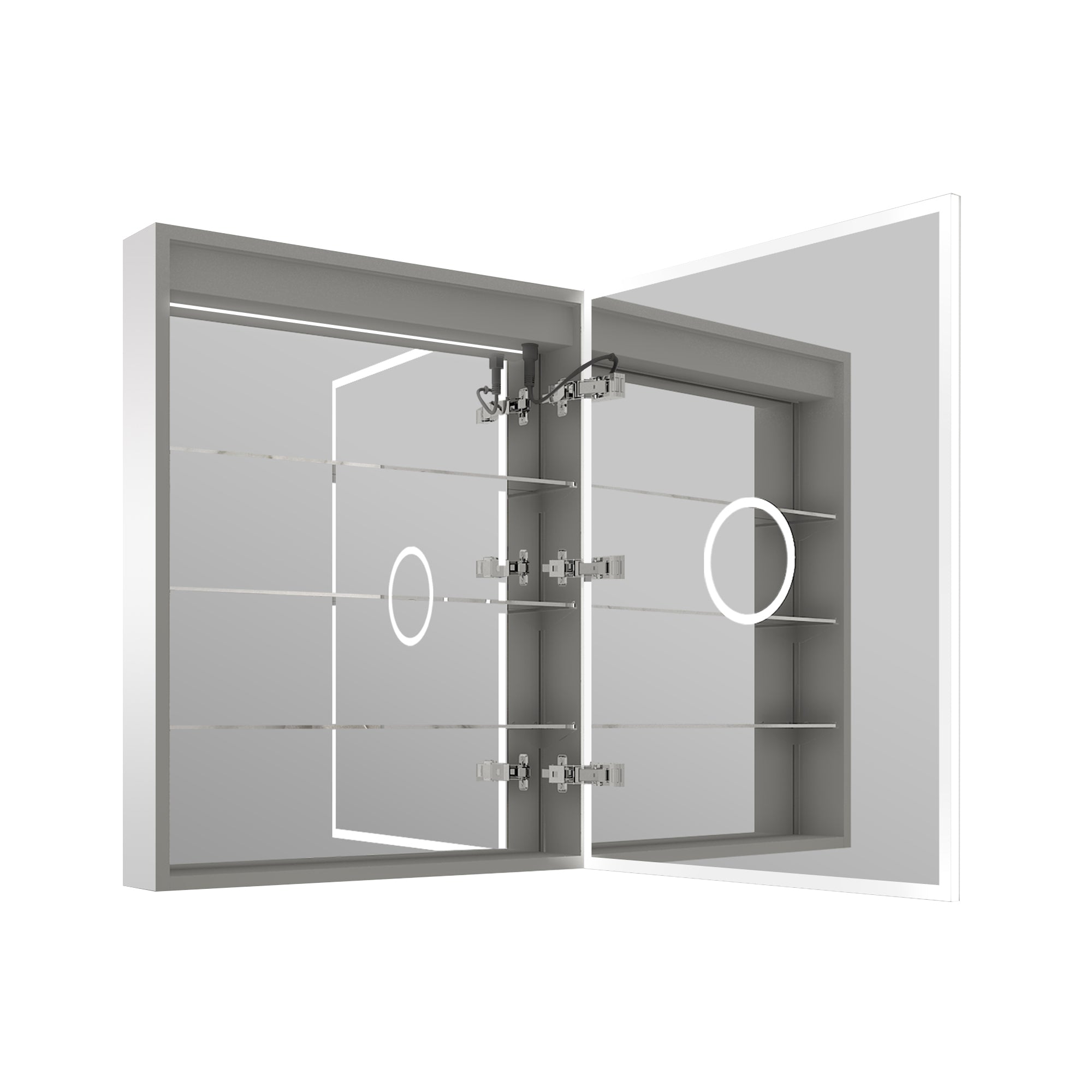
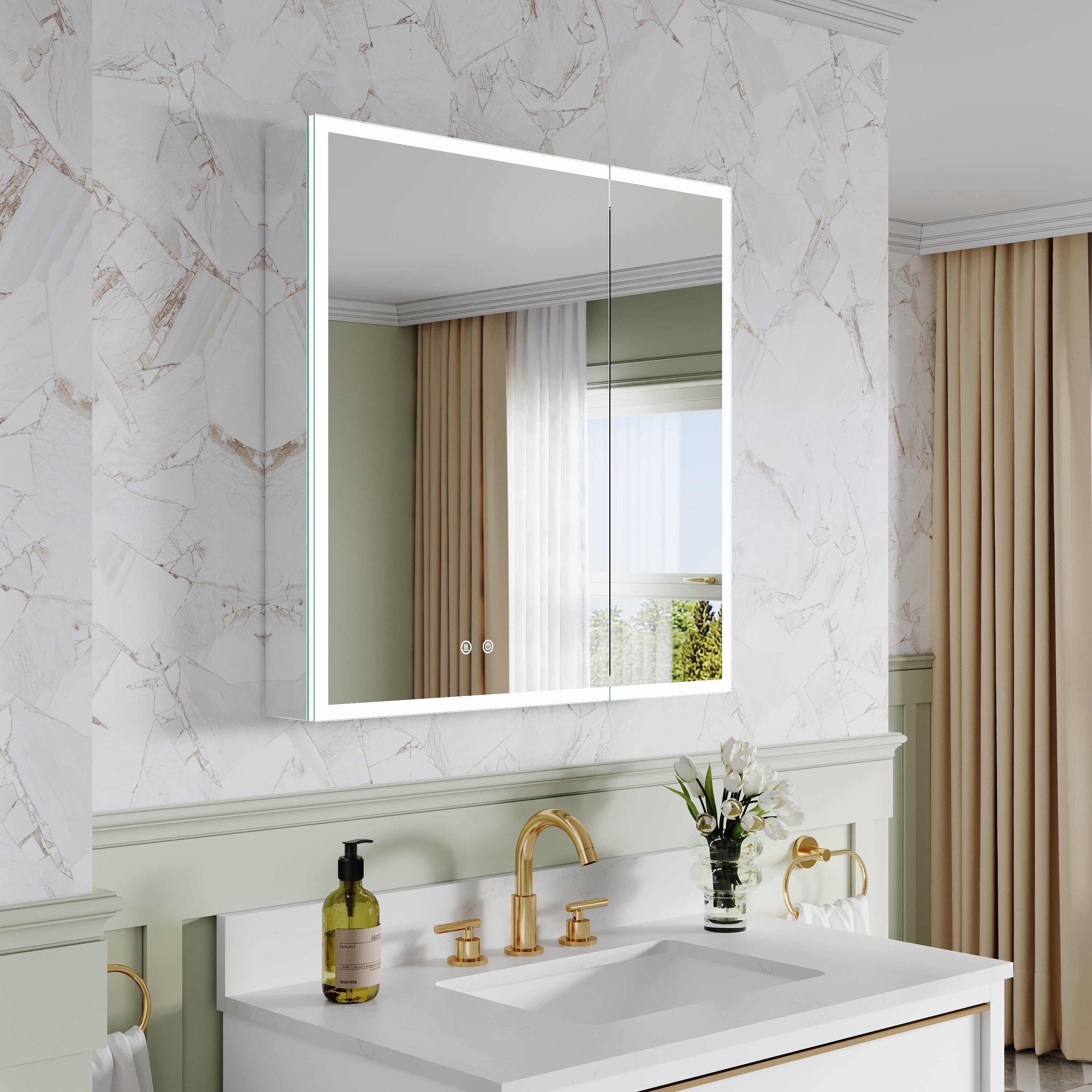

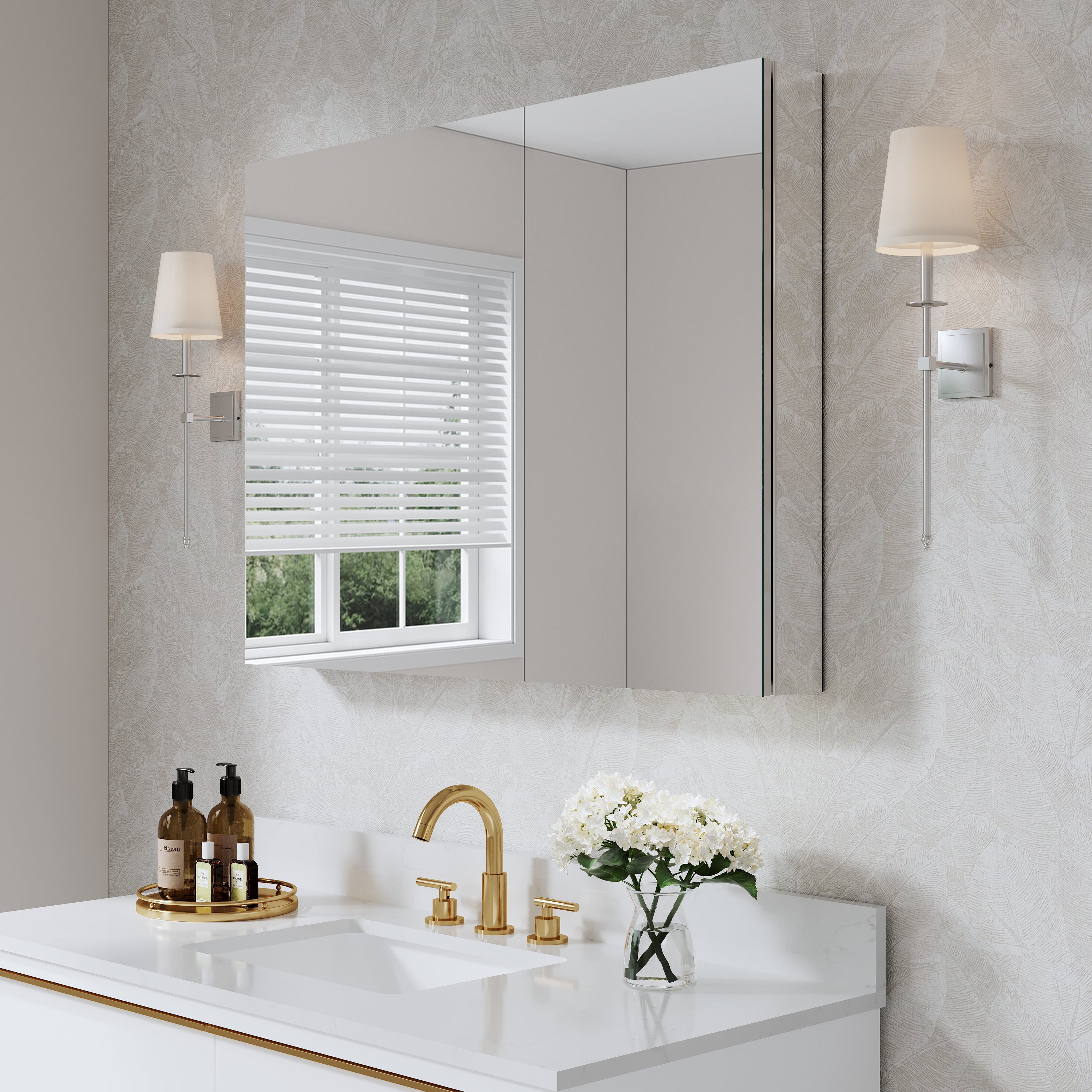

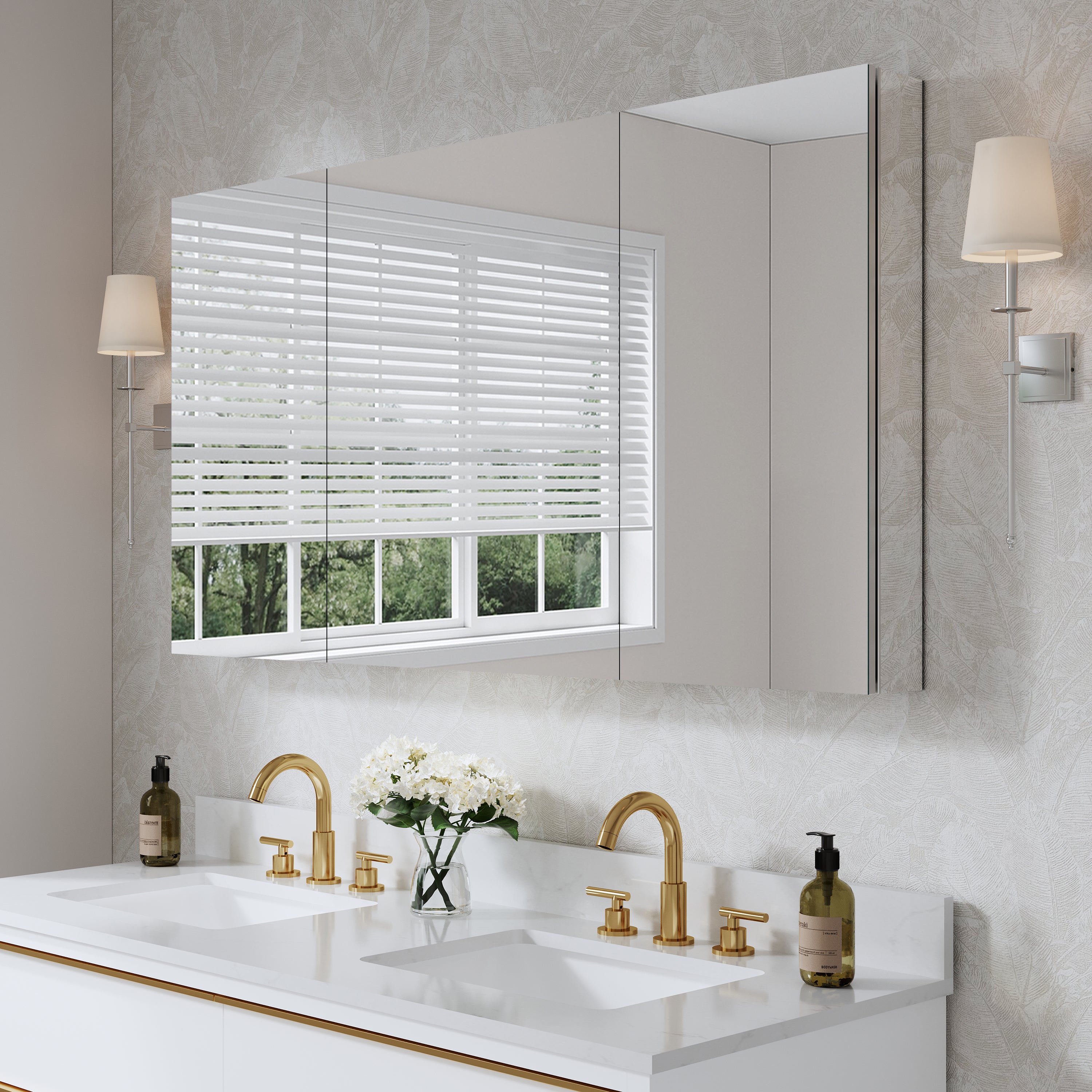






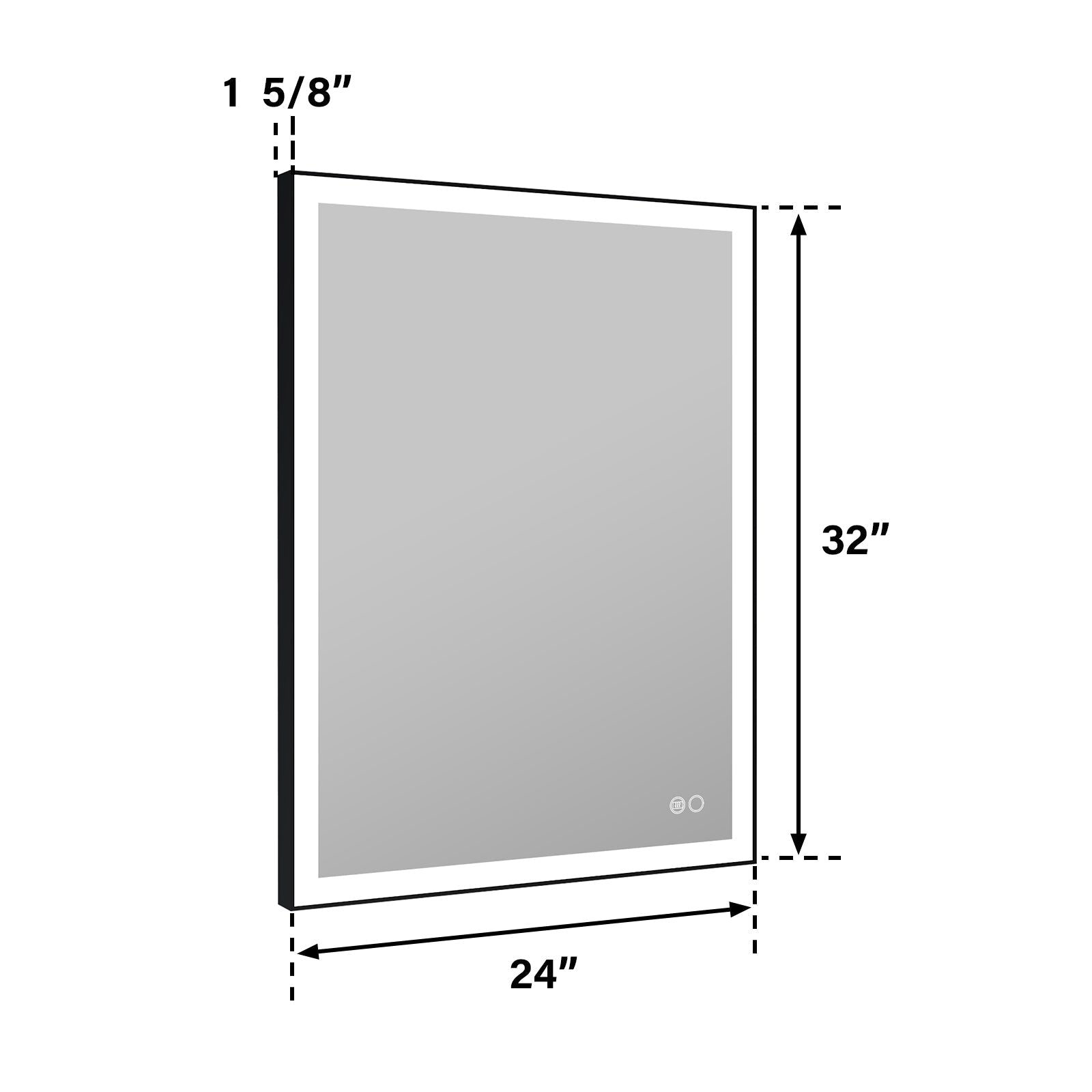




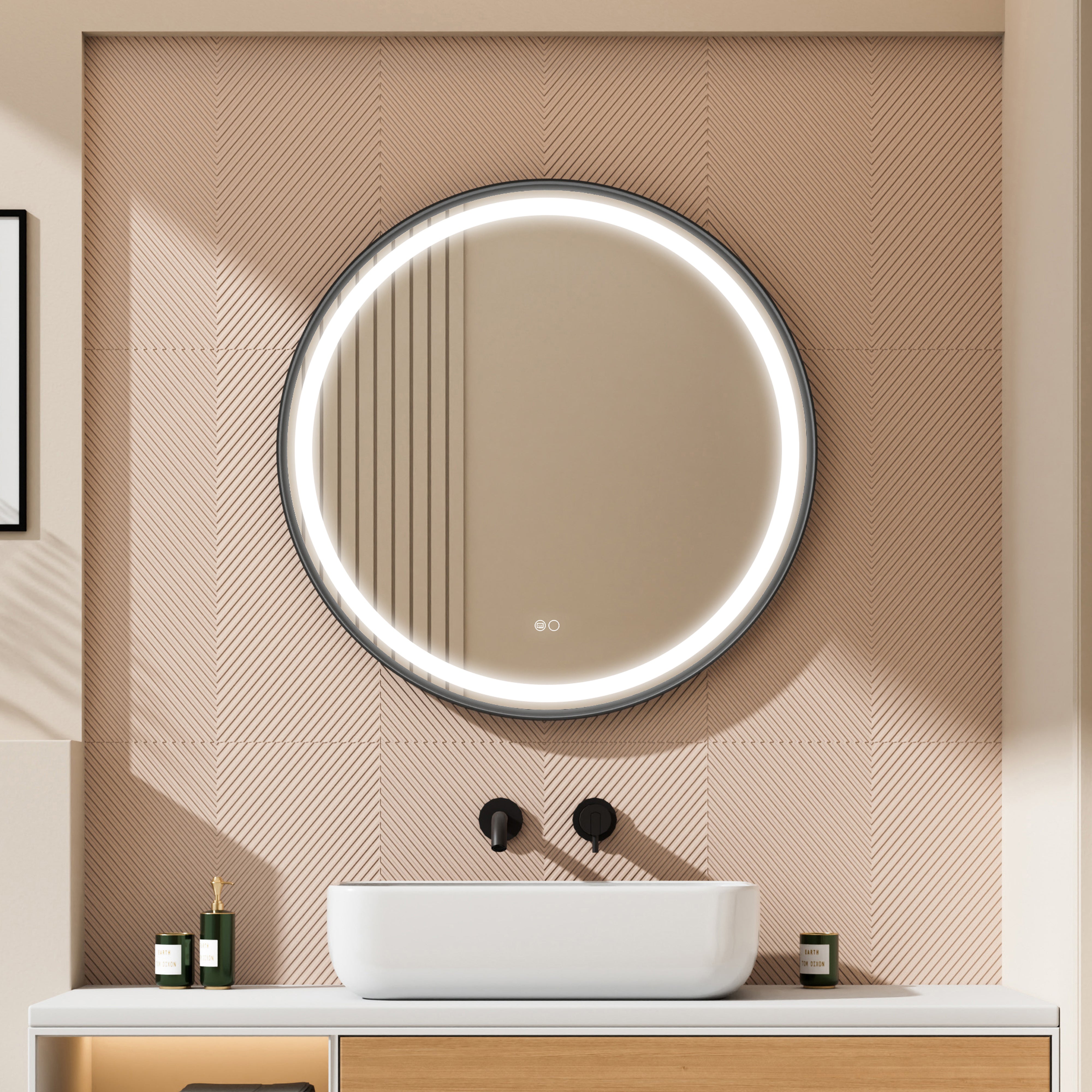



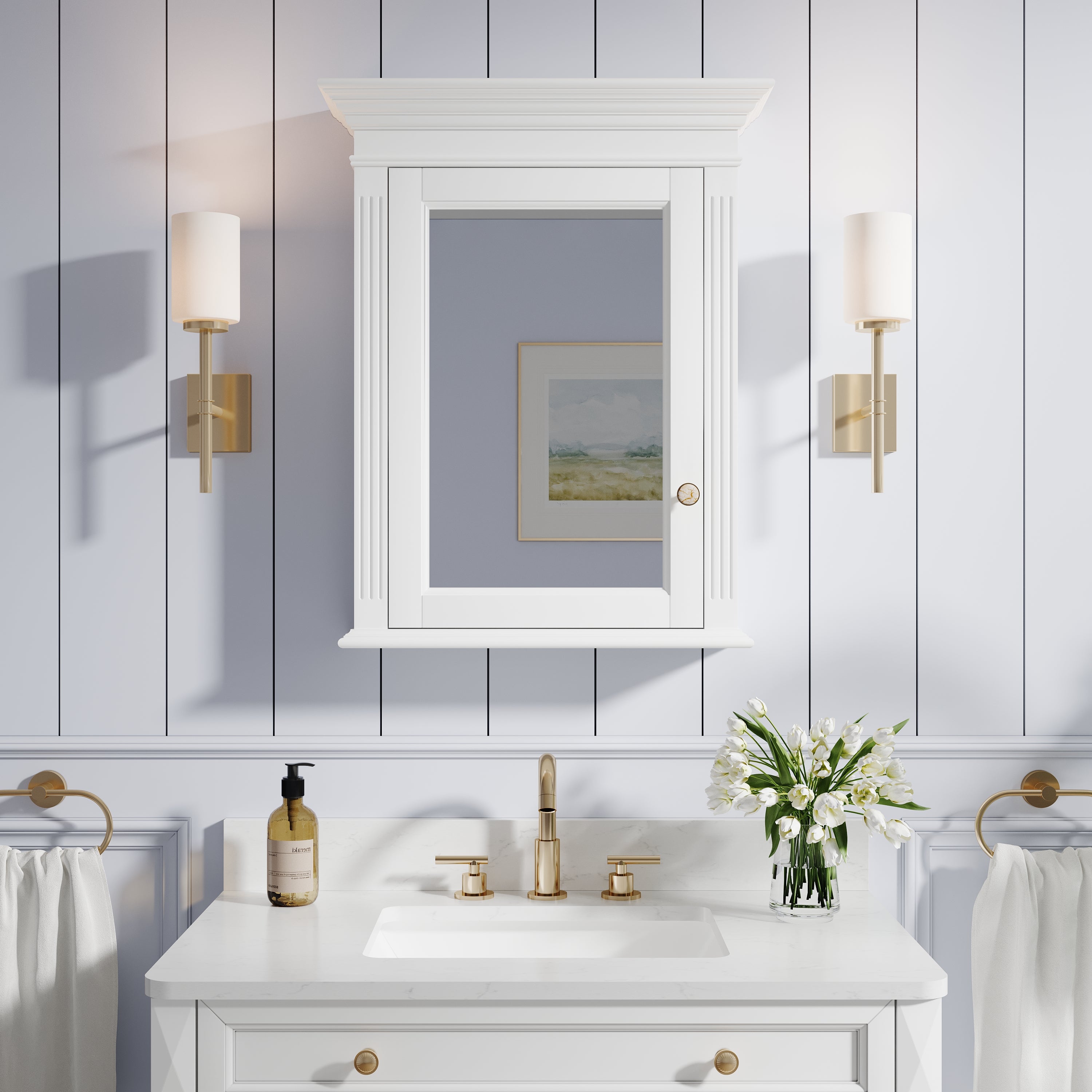
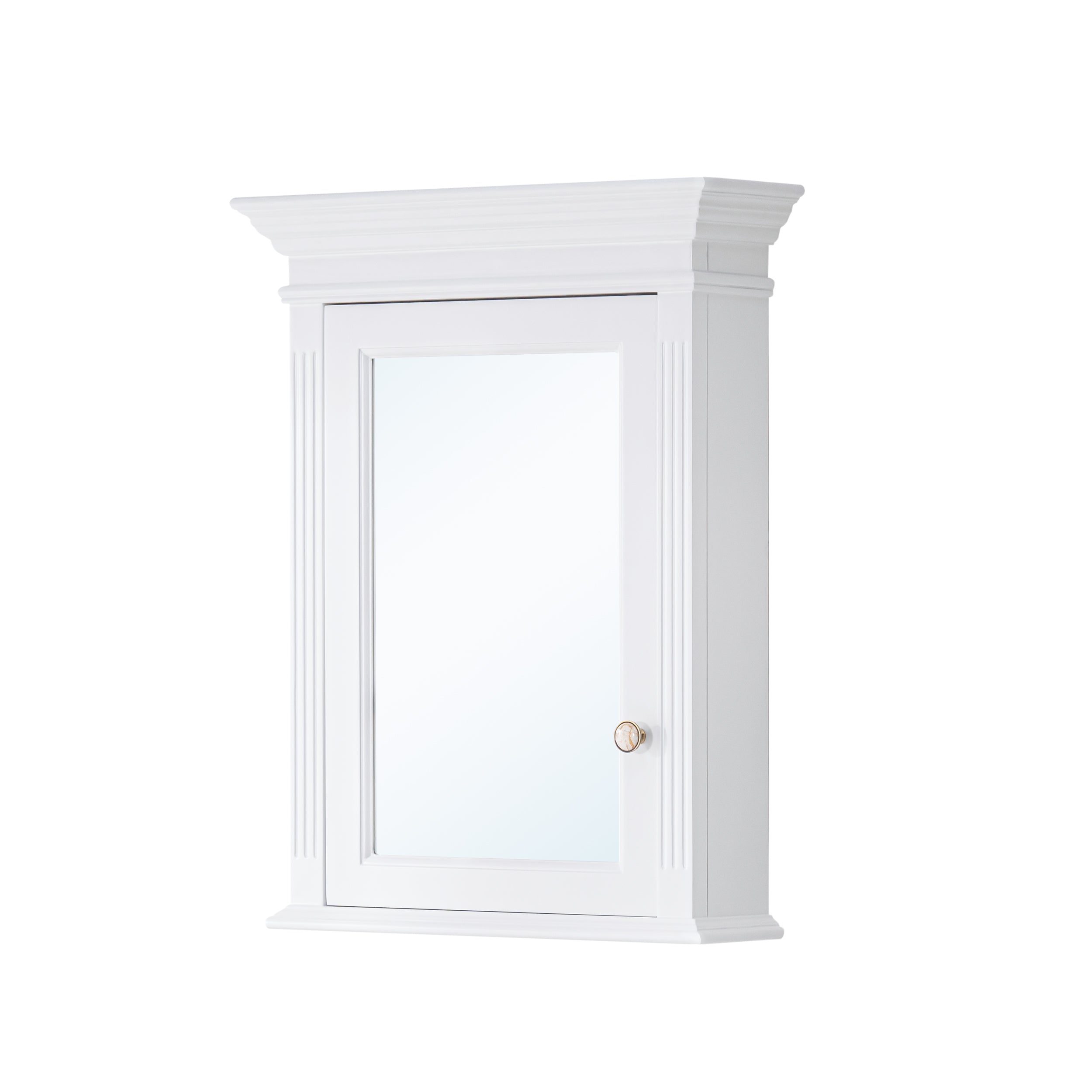







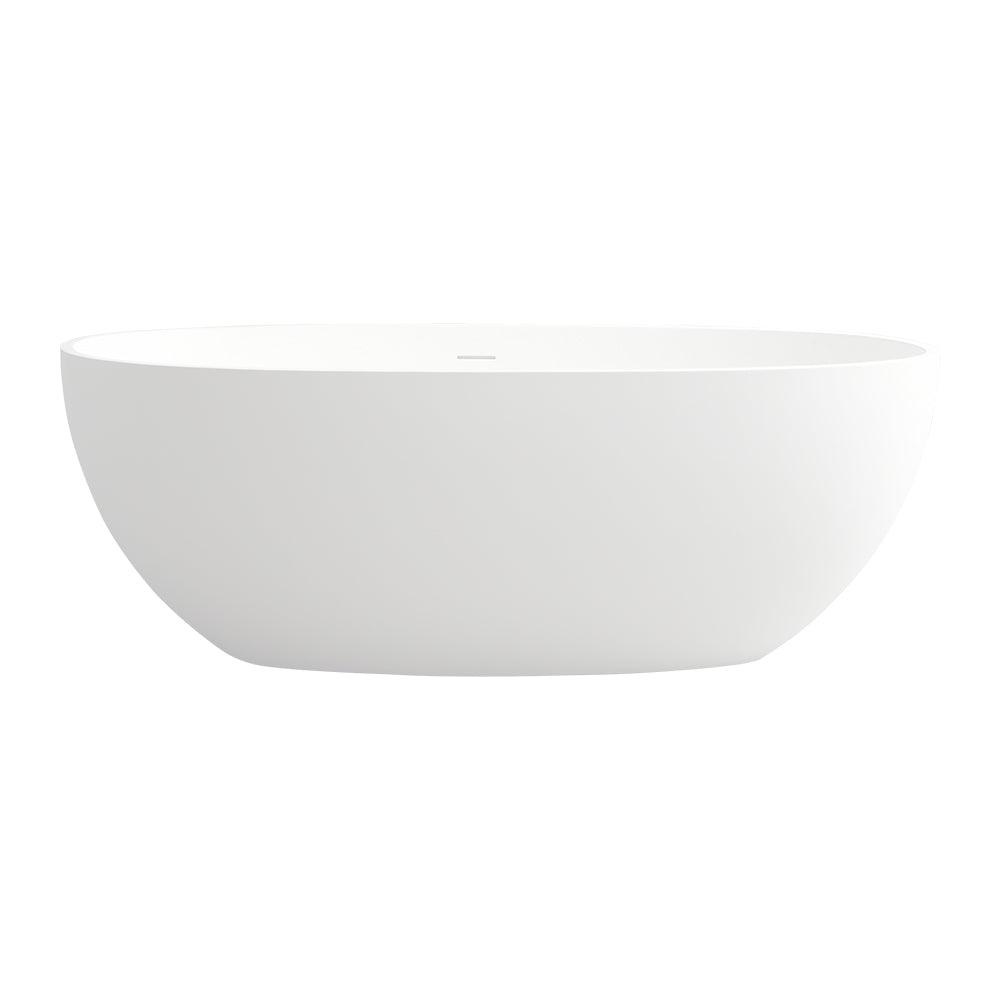

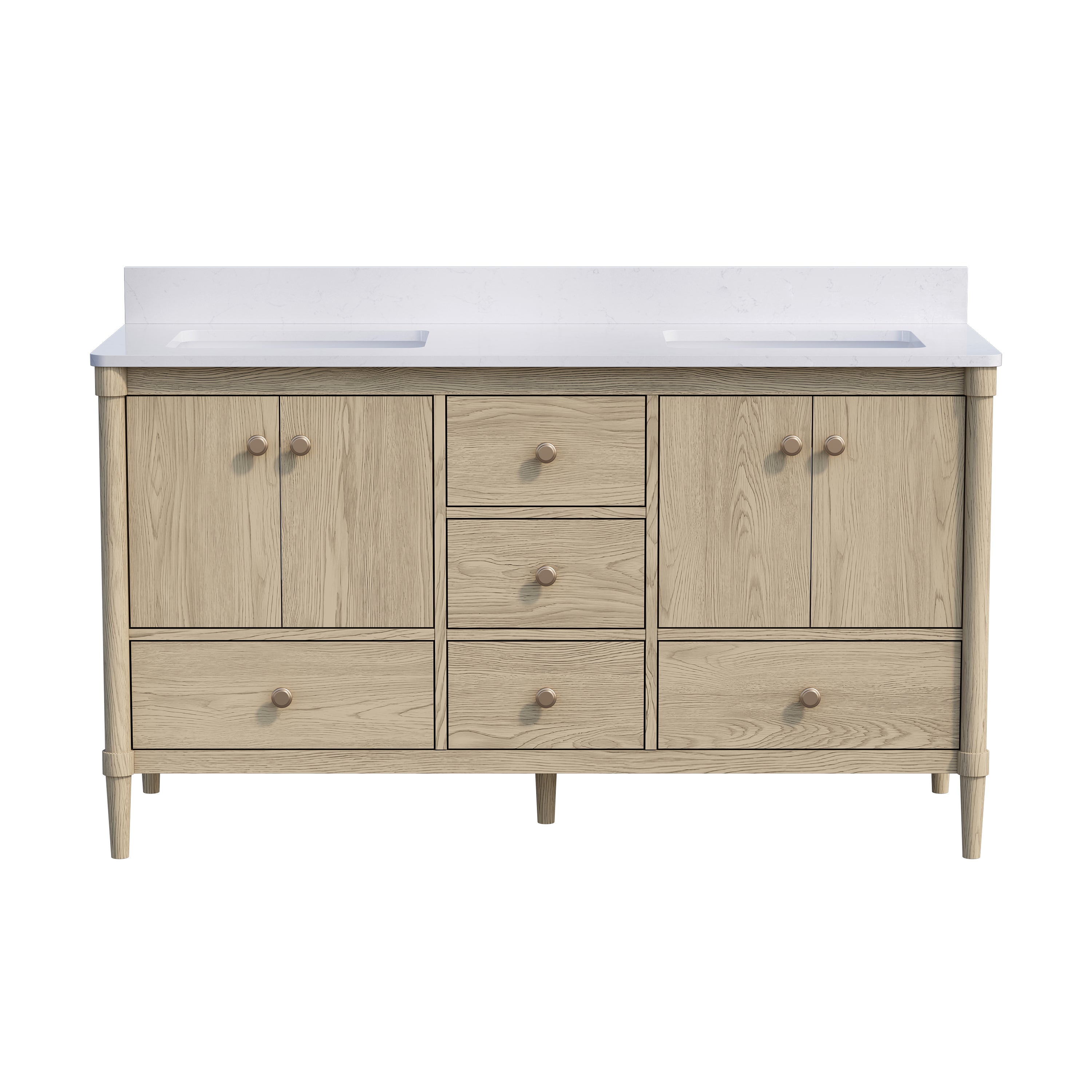
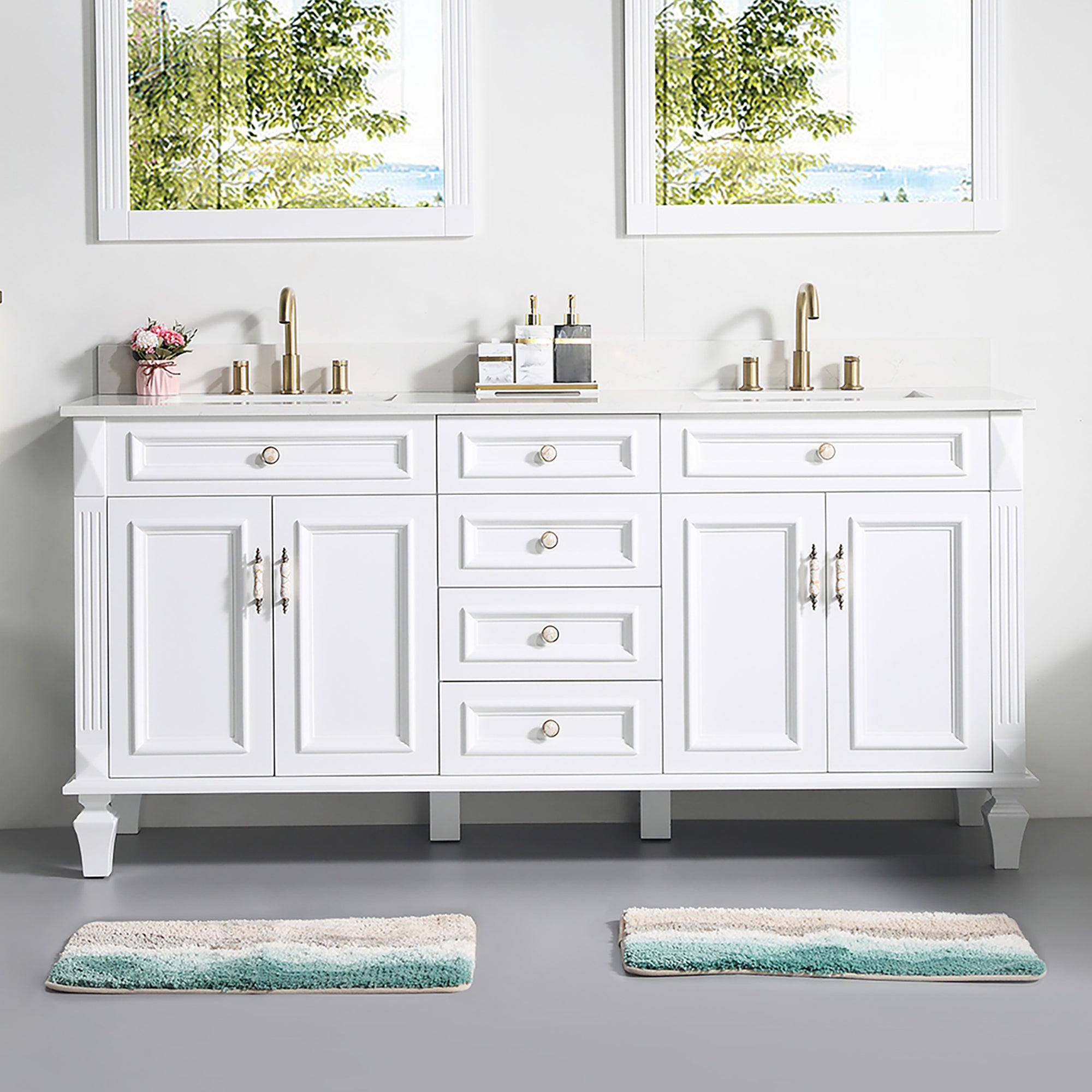

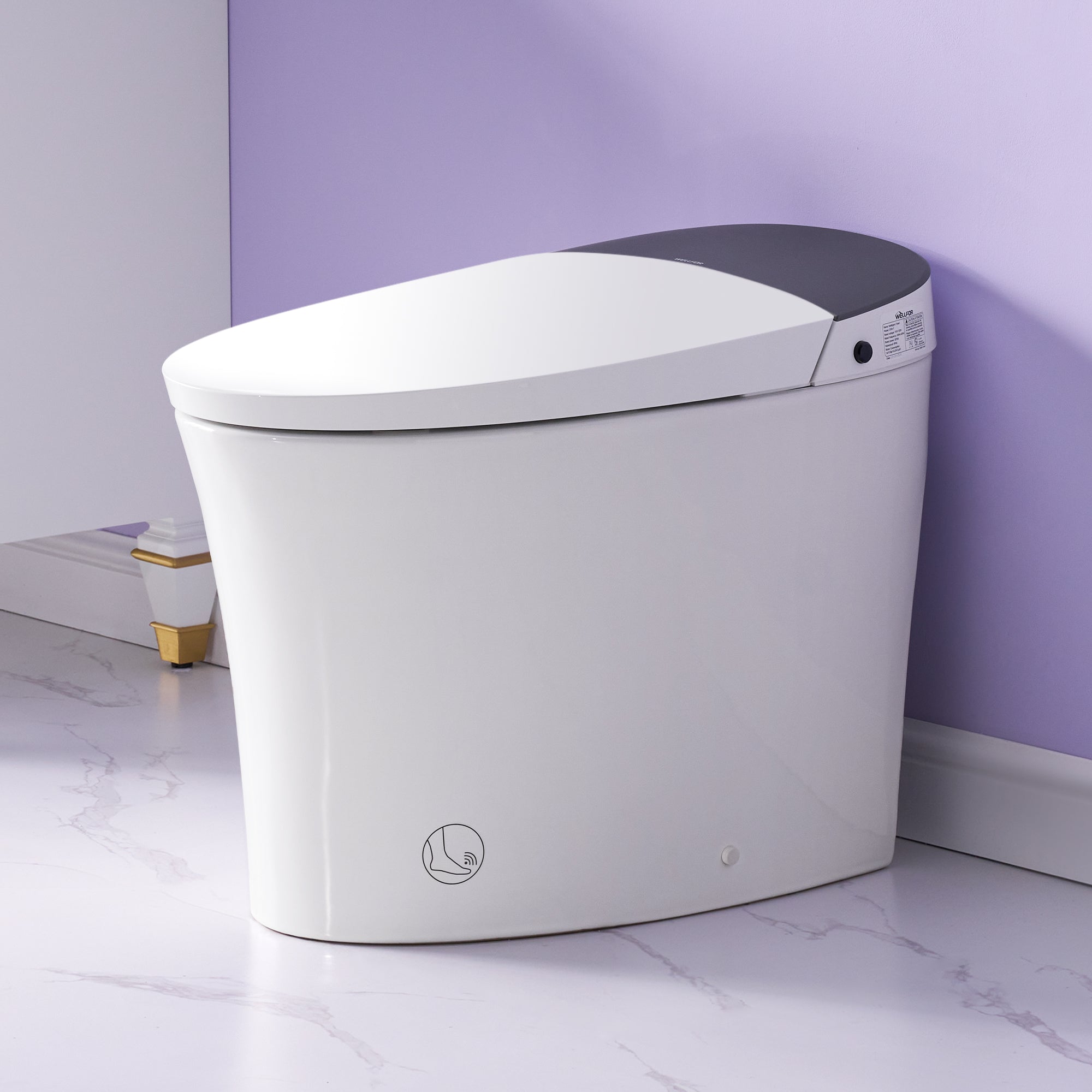
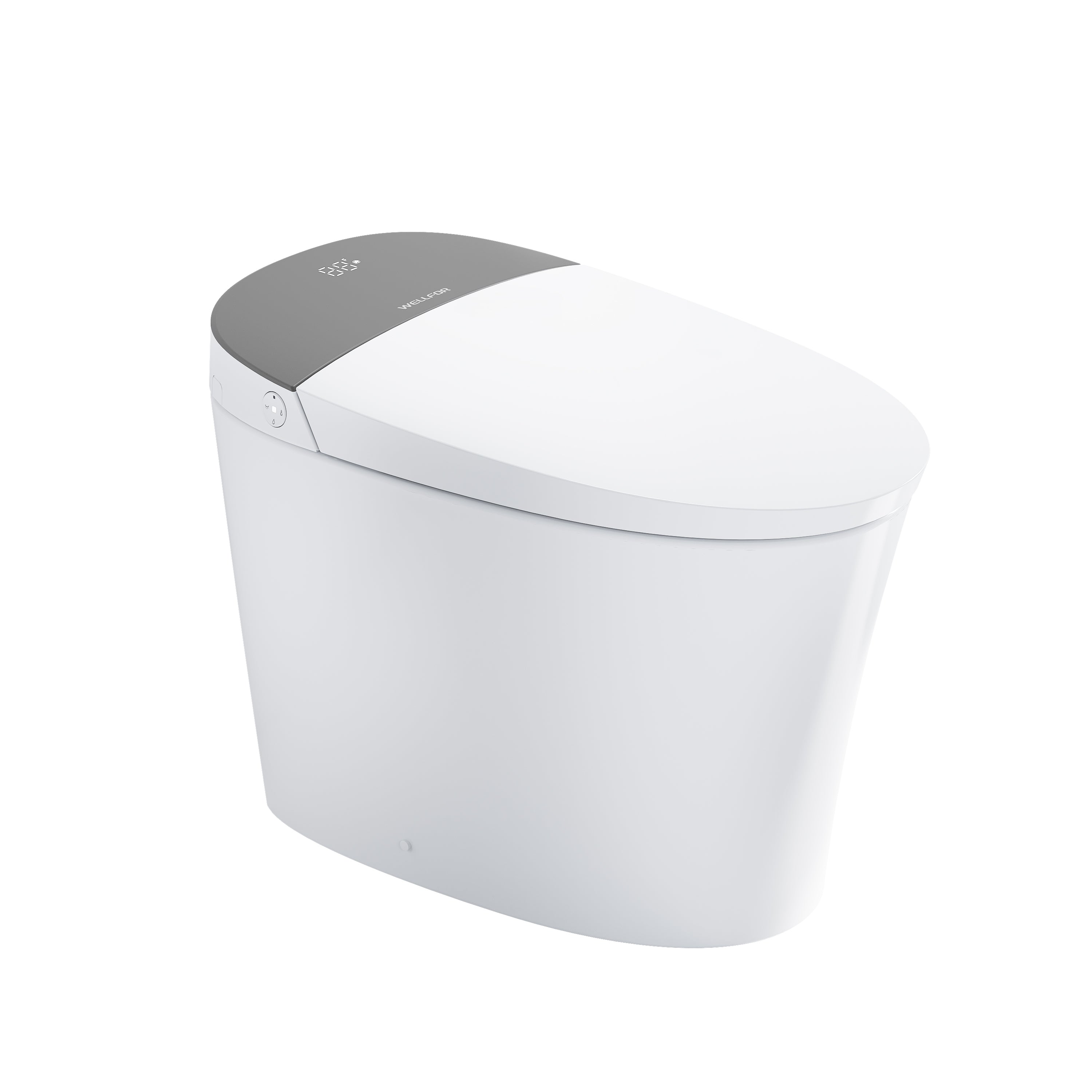


Leave a comment
This site is protected by hCaptcha and the hCaptcha Privacy Policy and Terms of Service apply.